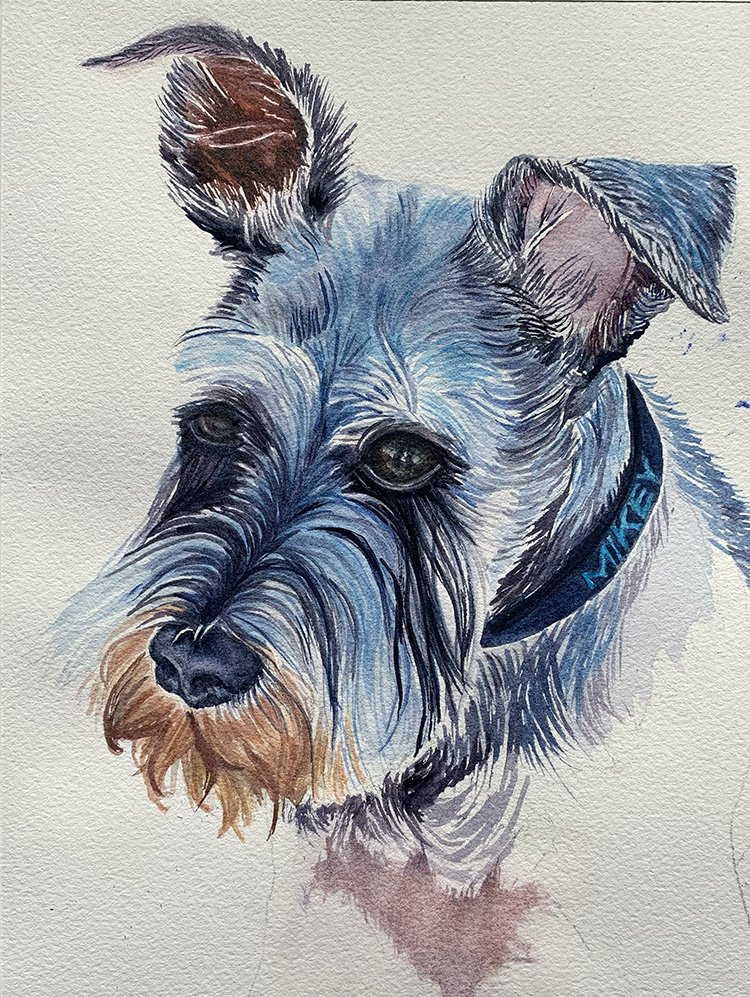I was recently asked to help others design their first studio space. Your space will depend upon your situation, and the most important part is to know that YOU CAN DO THIS!
If you have the desire, especially if it just won’t go away, you owe it to yourself and to the rest of us, to set it up!
My first studio space was in the basement of my home in the Town of Madison in the 1990s. I painted the concrete floor in pastels colors, laid down some carpet squares I could easily manuever,, and went to work. Back then I was sculpting with red art clay.
A year or so later, I took over the sun porch — what had been the dining room. That’s when I’d begun to paint with oils and I needed more light. It was also warmer upstairs than down.
It took time for me to find a living space with room for a studio once I moved to Honolulu. I was painting with watercolors, so it was easier to set up and tear down than working with oils. Even today, I use my studio space to begin and touch up my painting. Most of my painting is done outside in public at the Art Kiosk at the Hilton Hawaiian Village.
For great ideas on how to set up your studio, check out this post by RedFin:
https://www.apartmentguide.com/blog/art-space-in-your-apartment/














